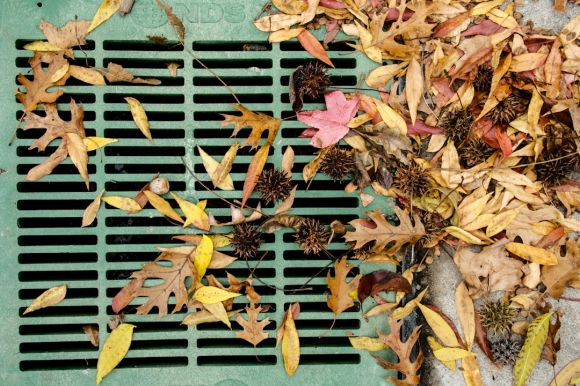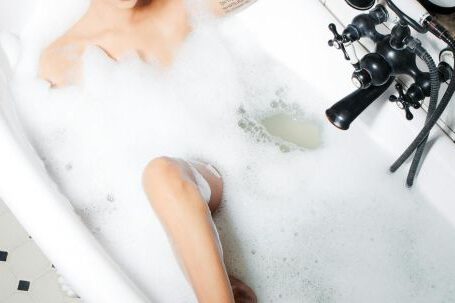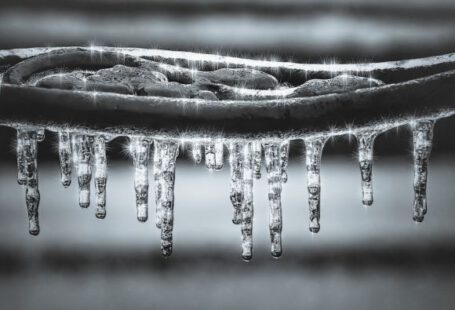Hair clogs in drains are a common issue that many people face. Whether it’s in the shower or the bathroom sink, hair can easily accumulate and cause blockages. These clogs can be a hassle to deal with and can lead to slow-draining water or even completely blocked pipes. However, with a few simple preventive measures, you can avoid hair clogs and keep your drains flowing smoothly.
Invest in a Drain Strainer
One of the easiest ways to prevent hair clogs is to use a drain strainer. These small, inexpensive devices fit over your drain and catch hair before it has a chance to go down the pipes. By collecting the hair in the strainer, you can simply remove and dispose of it, keeping your drains clear. Drain strainers are available in various sizes and styles, so you can find one that fits your specific drain type.
Regularly Clean the Drain
Even with a drain strainer in place, some hair may still find its way into your pipes. To prevent build-up, it’s important to clean your drains regularly. There are several methods you can use to do this. One option is to pour boiling water down the drain, which can help dissolve any accumulated hair and soap scum. Alternatively, you can use a mixture of baking soda and vinegar. Pour half a cup of baking soda down the drain, followed by half a cup of vinegar. Let the mixture sit for a few minutes and then flush it away with hot water.
Avoid Excessive Hair Shedding
While it’s normal for hair to shed, excessive hair loss can contribute to drain clogs. To minimize shedding, take steps to keep your hair healthy. This includes avoiding harsh chemicals and heat styling tools, using a wide-toothed comb to detangle wet hair, and using a soft brush to style dry hair. Additionally, regular haircuts can help prevent split ends and breakage, reducing the amount of hair that ends up in your drains.
Use Hair Products Wisely
Hair products such as shampoos, conditioners, and styling gels can leave residue in your drains, making it easier for hair to accumulate and form clogs. To prevent this, make sure to rinse your hair thoroughly after using these products. Additionally, consider using clarifying shampoos once a month to remove any build-up from your hair and scalp. This will not only keep your hair healthy but also help prevent clogs in your drains.
Seek Professional Help
If you’ve tried all the preventive measures and are still experiencing frequent hair clogs, it may be time to seek professional help. A plumber can inspect your drains and pipes, identifying any underlying issues that may be contributing to the problem. They can also provide more advanced solutions, such as using a drain snake or hydro jetting to remove stubborn clogs. By addressing the root cause of the clogs, you can prevent them from recurring in the future.
In conclusion, preventing hair clogs in drains is relatively simple with the right preventive measures. By using a drain strainer, regularly cleaning your drains, minimizing excessive hair shedding, using hair products wisely, and seeking professional help if needed, you can keep your drains clear and avoid the hassle of dealing with clogs. So, take these steps and enjoy hassle-free drain usage in your home.



